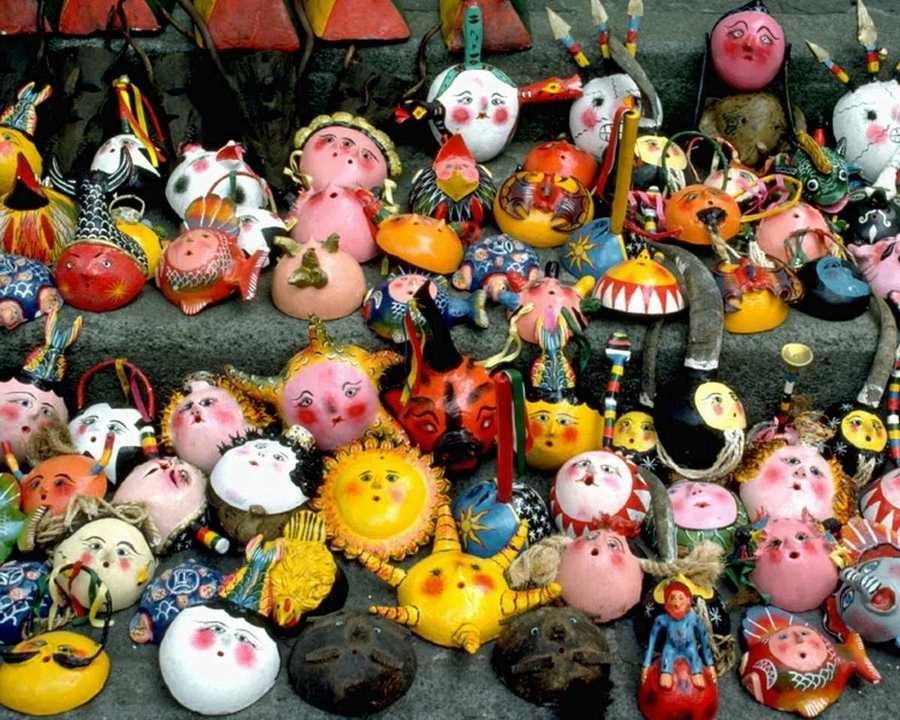
Serratus Anterior Muscle/Serratus Anterior is a muscle that originates on the surface of the 1st to 8th ribs at the side of the chest and inserts along the entire anterior length of the medial border of the scapula. The serratus anterior acts to pull the scapula forward around the thorax. The muscle is named from Latin: serrate = to saw, referring to the shape, anterior = on the front side of the body.
The serratus anterior is occasionally called the “big swing muscle” or “boxer’s muscle” because it is largely responsible for the protraction of the scapula — that is, the pulling of the scapula forward and around the rib cage that occurs when someone throws a punch.
Serratus anterior normally originates by nine or ten slips (muscle branches) from either the first to the ninth ribs or the first to eighth ribs. Because two slips usually arise from the second rib, the number of slips is greater than the number of ribs from which they originate.[rx]
At a Glance of Serratus anterior Muscle
-
Function – fixes the scapula into the thoracic wall, and aids in rotation and abduction of the arm (90 to 180 degrees)
-
Origin – Surface of the upper eight ribs at the side of the chest
-
Insertion – Along the entire anterior length of the medial border of the scapula
-
Innervation – Long thoracic nerve (C5, C6, C7)
Anatomy of Serratus Anterior

[stextbox id=’alert’]
|
The left side of the thorax.
|
|
| Details | |
|---|---|
| Pronunciation | /ˌsɪˈreɪtəsænˈtɪəriər/ |
| Origin | fleshy slips from the outer surface of upper 8 or 9 ribs |
| Insertion | the costal aspect of the medial margin of the scapula |
| Artery | lateral thoracic artery, superior thoracic artery (upper part), thoracodorsal artery (lower part) |
| Nerve | long thoracic nerve (from roots of brachial plexus C5, 6, 7) |
| Actions | protracts and stabilizes the scapula, assists in upward rotation. |
| Antagonist | Rhomboid major, Rhomboid minor, Trapezius |
| Identifiers | |
| Latin | musculus serratus anterior, serratus lateralis |
| TA | A04.4.01.008 |
| FMA | 13397 |
| Anatomical terms of muscle | |
[/stextbox]
The muscle is inserted along the medial border of the scapula between the superior and inferior angles along with being inserted along the thoracic vertebrae. The muscle is divided into three named parts depending on their points of insertions:[rx]
- the serratus anterior superior is inserted near the superior angle
- the serratus anterior intermediate is inserted along the medial border
- the serratus anterior inferior is inserted near the inferior angle.
The serratus anterior lies deep to the subscapularis, from which it is separated by the subscapularis (supraserratus) bursa.[rx] It is separated from the rib by the scapulothoracic (infraserratus) bursa.[rx]
Nerve Supply of Serratus Anterior
- The serratus anterior is innervated by the long thoracic nerve (Nerve of Bell), a branch of the brachial plexus. The long thoracic nerve travels inferiorly on the surface of the serratus. The nerve is especially vulnerable during certain types of surgery (for example, during lymph node clearance from the axilla (e.g., in case of axillary dissection in surgery for breast cancer)). Damage to this nerve can lead to a winged scapula.
Functions of Serratus Anterior
- All three parts described above pull the scapula forward around the thorax, which is essential for the anteversion of the arm. As such, the muscle is an antagonist to the rhomboids. However, when the inferior and superior parts act together, they keep the scapula pressed against the thorax together with the rhomboids and therefore these parts also act as synergists to the rhomboids. The inferior part can pull the lower end of the scapula laterally and forward and thus rotates the scapula to make elevation of the arm possible. Additionally, all three parts can lift the ribs when the shoulder girdle is fixed, and thus assist in respiration.[rx]
- The serratus anterior also plays an important role in the upward rotation of the scapula, such as when lifting weight overhead. It performs this in sync with the upper and lower fibers of the trapezius.[rx]
References
